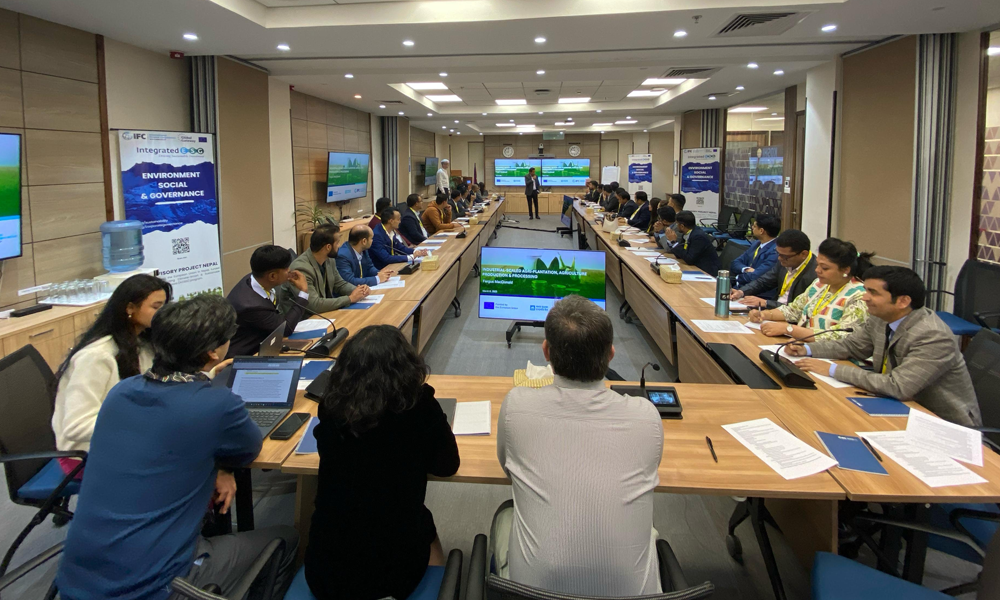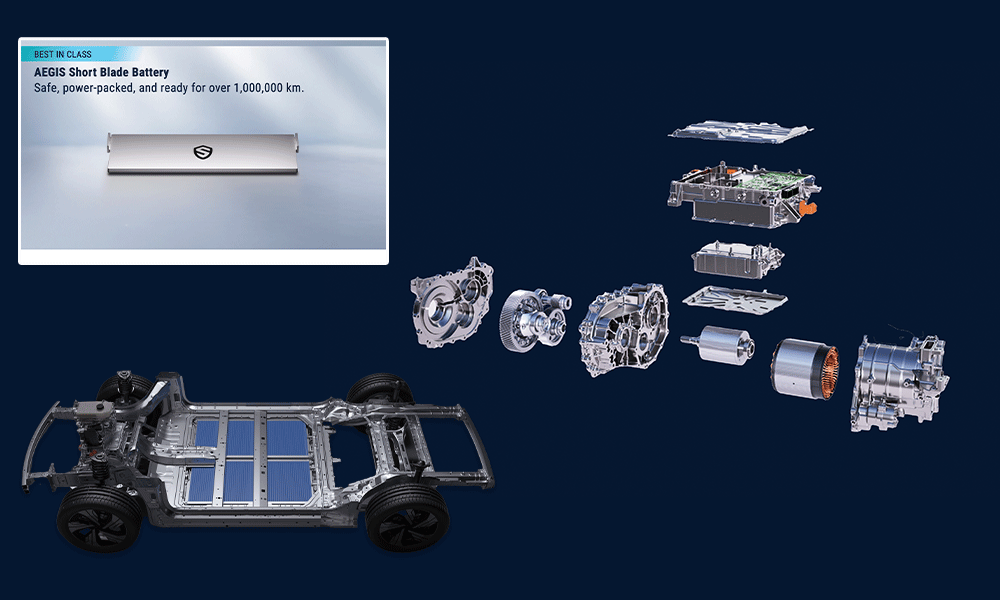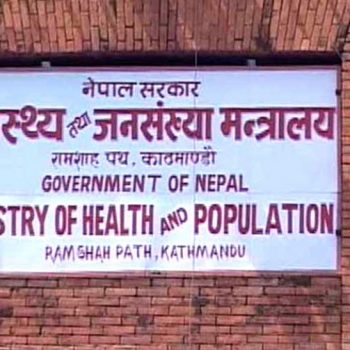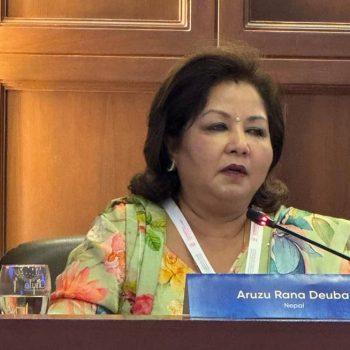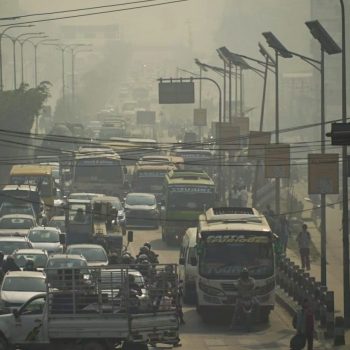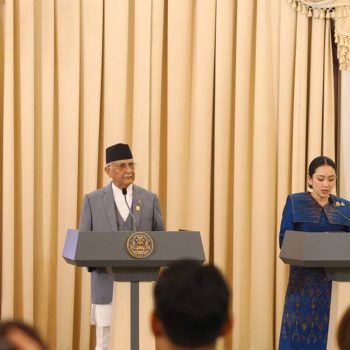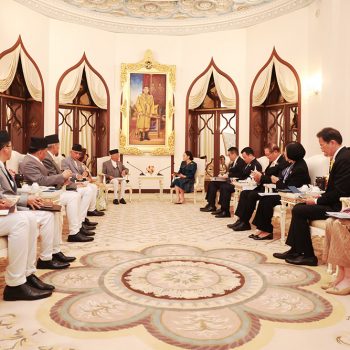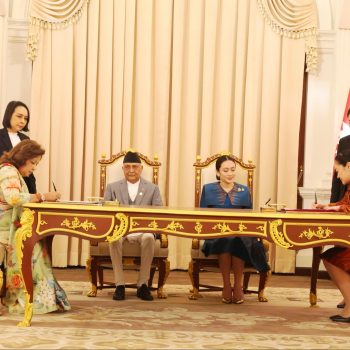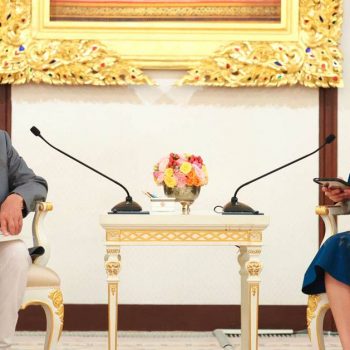Remittance of 729 billion enters Nepal in 9 months
 NepalPress
NepalPress
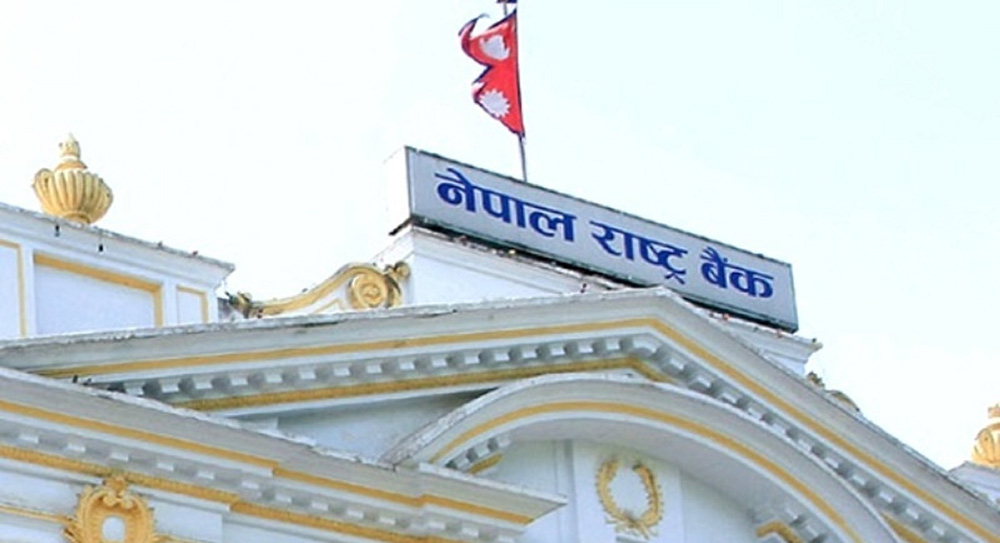
KATHMANDU: The Central Bank has made public the economic and financial situation of the first nine months of the current fiscal year, stating that the remittance inflow has increased by 16.5%.
Remittances entering Nepal, which increased by 13% in US dollars, reached Rs. 729.2 billion in the first nine months of the current fiscal year. Despite the increase in remittances compared to last year, the number of people going for foreign employment has decreased by 66.7%. Similarly, the number of re-employment permits also decreased by 55.7% during the review period, according to Nepal Rastra Bank.
In the first nine months of the current Fiscal Year, total imports increased by 13.1% to Rs. 1111.40 billion and exports increased by 20.2% to Rs. 97.77 billion.
The total merchandise trade deficit has increased by 12.5% to Rs. 1,016.63 billion in the last nine months.
Imports from India and China increased by 20.3% and 7.7%, respectively, while imports from other countries declined by 2.3%.
Imports of goods including means of transportation and spare parts, crude soybean oil, M.S. billets, rice, telecommunication equipment, and spare parts have increased while imports of aircraft parts, petroleum products, crude palm oil, video, television, spare parts, and silver have declined.
The current account deficit stood at Rs. 277.41 billion during the review period, which was 126.09 billion in the corresponding period of the previous year.
Total foreign exchange reserves increased by 2.2% to Rs. 1433.27 billion by mid-April of the current fiscal year from Rs. 14.01 billion at the end of last year, according to the Central Bank.
During the review period, the total credit flow of banks and financial institutions increased by 22.5% and deposit mobilization increased by 13.7%.
During the review period, Nepal Rastra Bank (NRB) stated that it had mobilized Rs. 109.54 billion through liquidity management and Rs. 193.75 billion through deposit collection instruments.
Price of ghee and oil increase by 21.38%
According to Nepal Rastra Bank, the annual point-wise consumer price inflation stood at 3.10% during the review period. Such inflation had stood at 6.74% in the corresponding month of the previous year. Ghee and oil prices rose the most at 21.38%. Meat and fish prices rose by 12.61%, tobacco by 10.41%, and non-alcoholic beverages by 10.18%.
Inflation in the food and beverages category was 3.49% and in the non-food and services category was 2.79% during the review months, the Central Bank said in the report.
During the review period, the prices of commodities increased the most in hilly districts including Kathmandu Valley, while the impact of inflation was less in mountainous districts. Inflation was 3.38% in the hills, 3.24% in the Kathmandu Valley, 2.92% in the Terai, and 1.54% in the mountains, according to the Central Bank.



